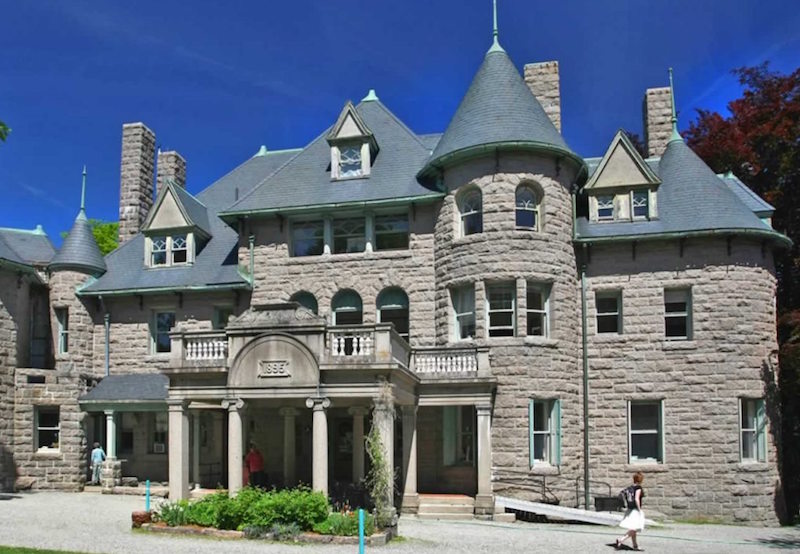If you’re looking for a green college or university, here’s where you can find campuses with the most substantial sustainability initiatives and the best environmental studies programs.
The ninth annual Princeton Review’s Guide to 399 Green Colleges ranks colleges according to their sustainability efforts and environmental studies programs, and can be accessed for free.
The College of the Atlantic (COA) in Bar Harbor, MA is considered the nation’s greenest institution of higher learning. Completing the Top 15, in rank order are: SUNY Syracuse, University of Vermont, Dickinson College, St. Mary’s College of Maryland, Colorado State, Pitzer, Cornell, Randolph College, Stanford, UC Davis, Seattle University, Santa Clara University, American University and Goucher College.
In general, colleges made the top of the list if sustainability factored prominently in their academic offerings, campus policies, initiatives, activities and career preparation for students. Princeton Review tallied data from survey responses submitted by administrators at 648 different colleges during the 2017-2018 school year. Several of the survey questions drill down on the given school’s sustainability related policies, practices and programs, weighting 25+ data points to create a “Green Rating” score on a scale of 60 to 99 for each college surveyed, with 399 colleges qualifying as “green” with overall scores of 80+.
The first American institution of higher learning to focus primarily on the relationship between humans and the environment, the College of the Atlantic in Bar Harbor, Maine became the first carbon-neutral college in 2007 and plans to be completely rid of fossil fuels on campus by 2030.
It was established in 1969 as the first American college to focus primarily on the relationship between humans and the environment, and has topped the list for three years running. With only 350 students and 35 faculty members, small classes and focused learning are the norm at COA, which has been churning out environmental leaders for five decades. It became the first carbon-neutral college in 2007 and plans to be completely rid of fossil fuels on campus by 2030.
Number two on the “green colleges” list, SUNY Syracuse’s College of Environmental Science and Forestry, students and faculty work together on developing innovative solutions to environmental challenges. Students can focus on applying what they learn in internships reserved for them with the New York Department of Environmental Conservation.
Next on the list, the University of Vermont (UVM) has incorporated sustainability into campus policies and curricula for decades, but has recently shown renewed leadership with its Sustainable Entrepreneurship program and campus-wide commitment to waste reduction and energy conservation. UVM has been sourcing all of its energy from renewables since 2015, with solar panels all over campus to make the most of the fleeting Vermont sun.
Some other schools with excellent environmental studies and science programs include: Antioch, Reed, Middlebury, Colby, Colorado College, Montana State, Evergreen State, Pomona, and the universities of Idaho, Michigan, Montana, North Carolina, Texas, Washington and Wisconsin.
Story: Roddy Scheer & Doug Moss, EarthTalk®
Photo: College of the Atlantic

While I understand that local staff didn’t write this article, it’s worth noting an important local connection: JCCC is the only Cool Schools Ranked institution in Kansas and the KC area, as well as being ranked 4th in the nation among community colleges. https://www.jccc.edu/experiences/2019/sierra-club-cool-school.html